Do you have a rapid prototyping or additive manufacturing project? Would you like to turn your ideas into reality, thanks to our professional3D printing technologies? Here is a brief description of3D printing technologies we use at Axis, the additive manufacturing specialist since 1997.
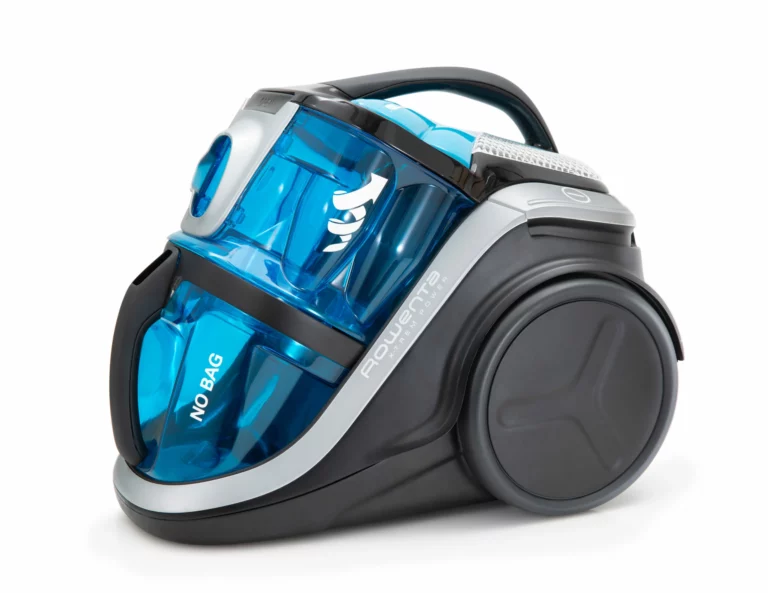
Stereolithography is a technology for 3D printing from resin (presence of manufacturing support) with a good surface finish where its raw color can range from white to transparent. Stereolithography for 3D printing has good dimensional properties (no risk of deformation) and good tensile and thermal strength, depending on the material chosen.
This 3D printing technology makes it possible to produce complex shapes. Finishes are available: raw, primed, painted, metallic, assembled, grained, and we can fit inserts.
To find out more about this technology, see our page on
Stereolithography
.
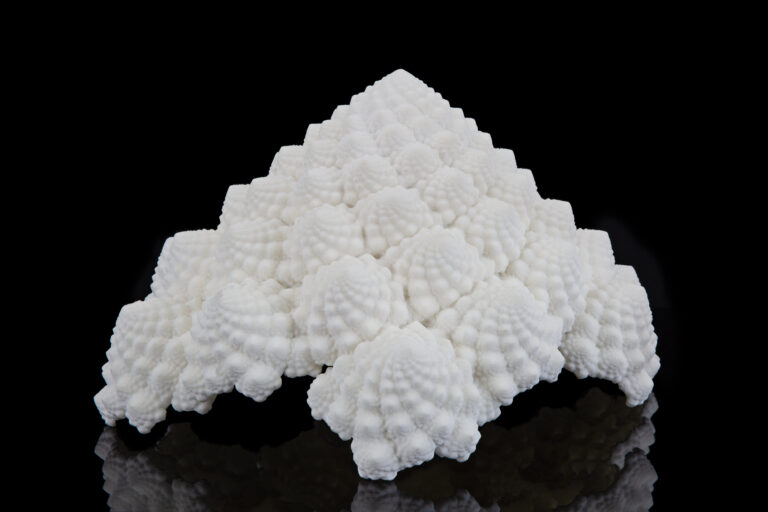
Powder sintering is a 3D printing technology that uses white powder to create a porous surface. The 3D models produced using this 3D printing process have good mechanical, thermal and tensile strength, with fairly good dimensional accuracy.
We can produce complex parts with mechanisms, hinges, inclusions, clips, etc. Possible finishes are: rough, primed, painted, metalized, assembled, grained.
To find out more about this technology, see our page on
powder sintering
.
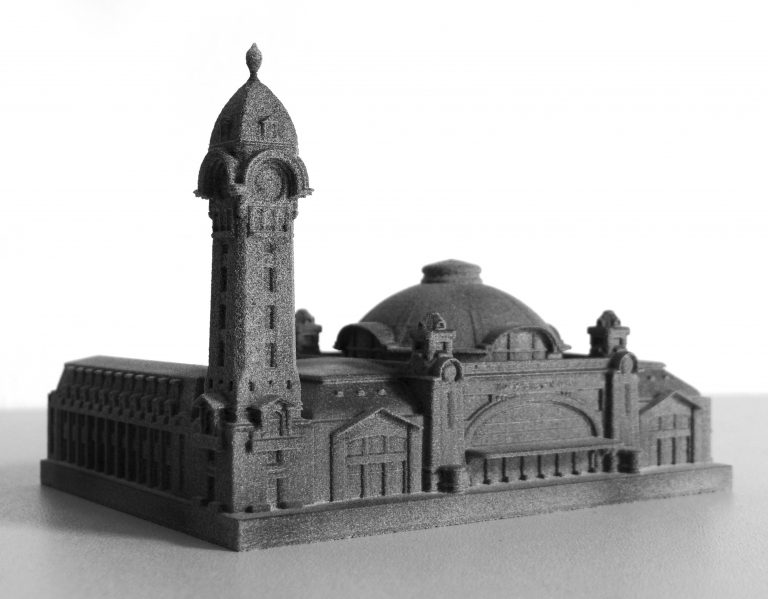
Multijet Fusion Hp is a powder-based 3D printing technology that creates a gray porous surface due to black agents and a white PA powder. The models produced using this 3D printing process have good mechanical, thermal and tensile strength, with extreme, fine-grained dimensional accuracy.
Complex shapes can be created with mechanisms, hinges, inclusions, clips, etc., without any risk of deformation. Finishes are available: raw, black-tinted, primed, painted, metallic, assembled, grained.
To find out more about this technology, see our page on
Multi Jet Fusion
.
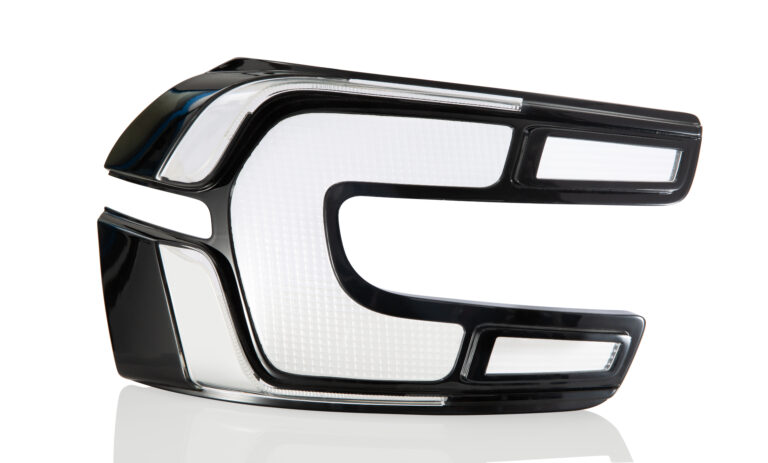
Vacuum casting is a 3D printing technology that starts with a Stereolithography part used as a master model in a silicone mold, where PU material is introduced under vacuum.
The properties of 3D prototypes produced with this type of printing depend on the material chosen, but are quite similar to those of injection molding. The color is then tinted in the mass according to your choice and why not in bi-material. Finishing options include inserts, assembly, painting, etc.
To find out more about this technology, see our page on vacuum casting.
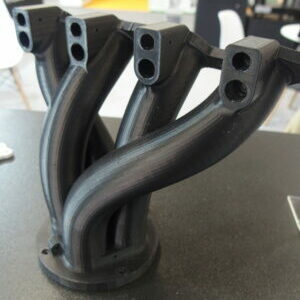
FDM 3D printing uses a plastic wire melted in layers to produce an irregular appearance with a wide range of colors. FDM 3D printing has good mechanical, thermal and tensile strength, with fairly good dimensional accuracy.
Finishing options include sanding, inserting, assembling, painting, varnishing…
To find out more about this technology, please visit our page about FDM.
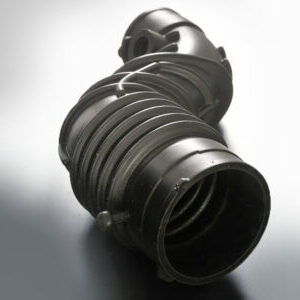
This 3D printing technology makes it possible to produce 3D plastic prototypes in good material (close to injection molding) with a good surface finish and the desired colors (tinted in the mass). They will have good thermal resistance, ideal for even mechanical tests.
RIM reaction injection molding is an excellent alternative to injection molding for production runs of 30 to 100 parts. Quality is equivalent, with a wide range of technical resins and colors.
To find out more about this technology, see our page on
RIM technology
.
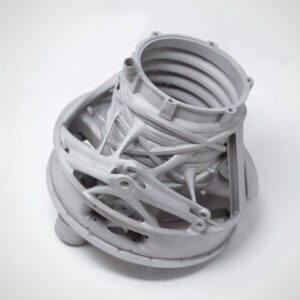
This3D printing technology enables the production of 3D prototypes in metals such as aluminum, stainless steel, inconel, titanium and other metal alloys. This sintering technology is used in industrial production, because the resulting metal parts are just as strong as those produced by conventional manufacturing techniques such as machining or casting.
To find out more about this technology, see our page on metal sintering.